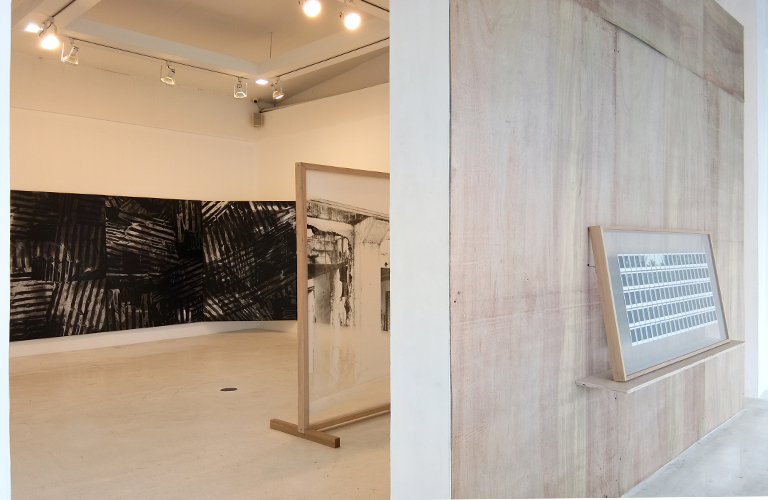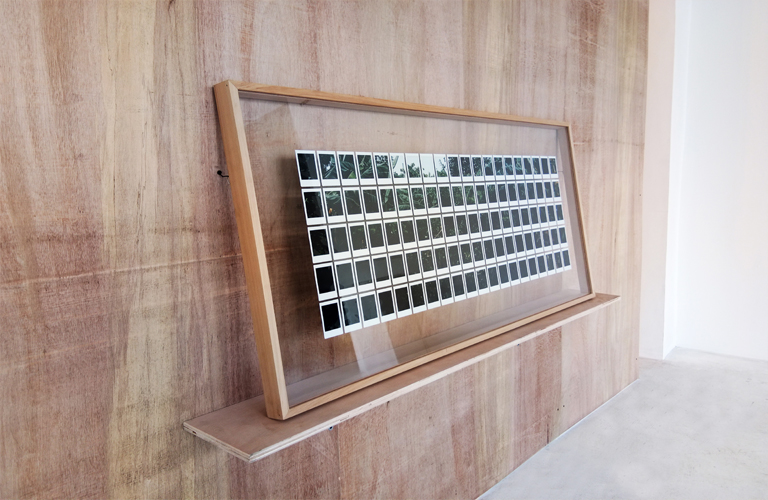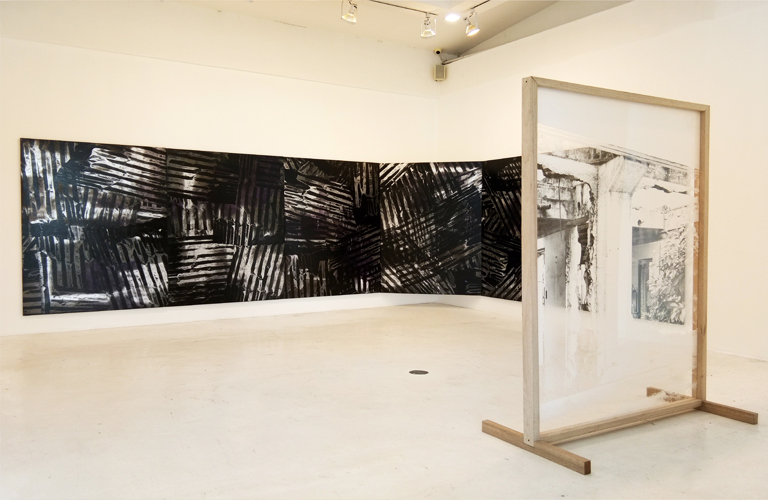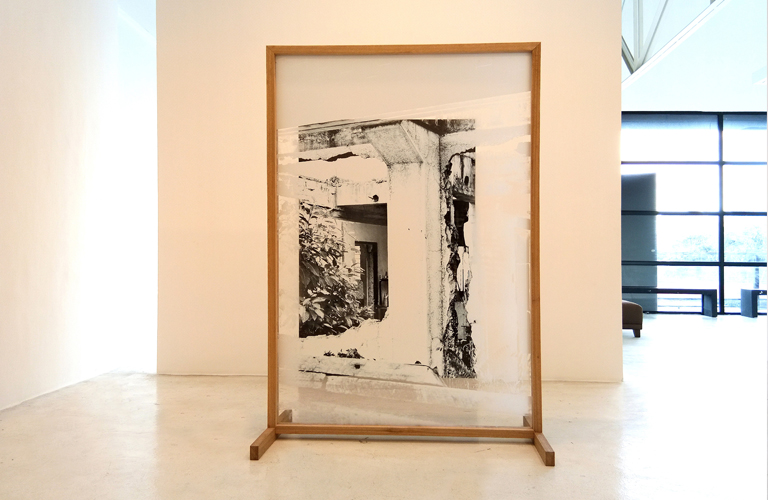
Within a Particular Territory inhabits a liminal space, where the objects are neither and both at once, a play on contradictions and the instability of arriving. In a series of new works, Luis Antonio Santos apprehends the tensions within appearances and signification, and the many obstructions that contend with perception.
“Structures,” a series of screen print paintings and a marriage of several processes, use the familiar imagery of GI sheets. Galvanized iron sheets are a ubiquitous and familiar sight in the Philippines — a marker of a space caught in the middle of transformation. They signal the deconstruction, and equally, the reconstruction of a location’s previous occupant: a structure, a space, something else entirely. Structurally, GI sheets also formulate a system that everyone somehow understands, despite these value systems being arbitrary and made-up. Our reality falls within what these structural systems dictate, and we learn to move around them shaping our reality around what they have established.
The process involved in creating these pieces require constant repetition, from the creation of the images, the imprinting on the screens, the permanent transfer on to the final canvas, and so on. It calls to mind the mindless repetition that often befalls ritual and religion, which erases the meaning by which these processes are regarded as sacred. This method of repetition distorts the original form of the sheets, creating something that is both abstract and specific, random but determined, in the place of what they originally mean, a departure from utility.
A revival of his Instax landscapes, “Dislocations” is a commentary on memory. In contrast to its intended purpose — that is, immediately capturing a moment in the instant that it happens — the Instax photographs used by Santos have been retooled to present something deliberate and measured, in this case, an old image specifically selected, dissected, and reassembled in parts. The intended purpose of the medium is lost, but the format is laden with so much meaning that the suggestion of time and memory carries over to the image he chooses to expose.
The final work, “post— site,” is an exploration of a new construction and presents a positive imprint of an image of a structure reclaimed by what surrounds it. An abandoned structure is eaten up by the space it meant to replace, an attempt to return to its original state. That image is printed in opaque white UV ink on a transparent acrylic sheet, a negative positive made visible only by what lies behind it, encountered in parts and fragments, requiring a constant movement to experience it fully. Movement is also met with a fading image, recalling the slippery nature of memory.
What is available to be perceived by the viewer depends on where they are situated. Santos also involves the space of the gallery, including it in the experience of the work, taking into account the importance of location and the direction of the gaze. The entire picture is there, but what you see depends on where you look from.
From the GI sheets to the obscured imagery of “post— site,” these works offer proof that we are constant witnesses to transformations that we cannot physically see. This precarity of meaning extends to the methods and processes utilized by Santos, where the specificities of medium — which has always a hand in dictating the value of a work — are contradictions that somehow coexist.
Within a Particular Territory also represents the constant flow between the tools and methods available to Santos, an intersection between analog and digital processes. It is a meditative exercise in repetition, an invocation of memory and how perception changes or stays the same, each time we re-encounter something that, factually, ought to be the same. The action of imprinting these images in their final state requires a constant revisitation of the images, both erasing the original meanings and creating something new. — Carina Santos
Works
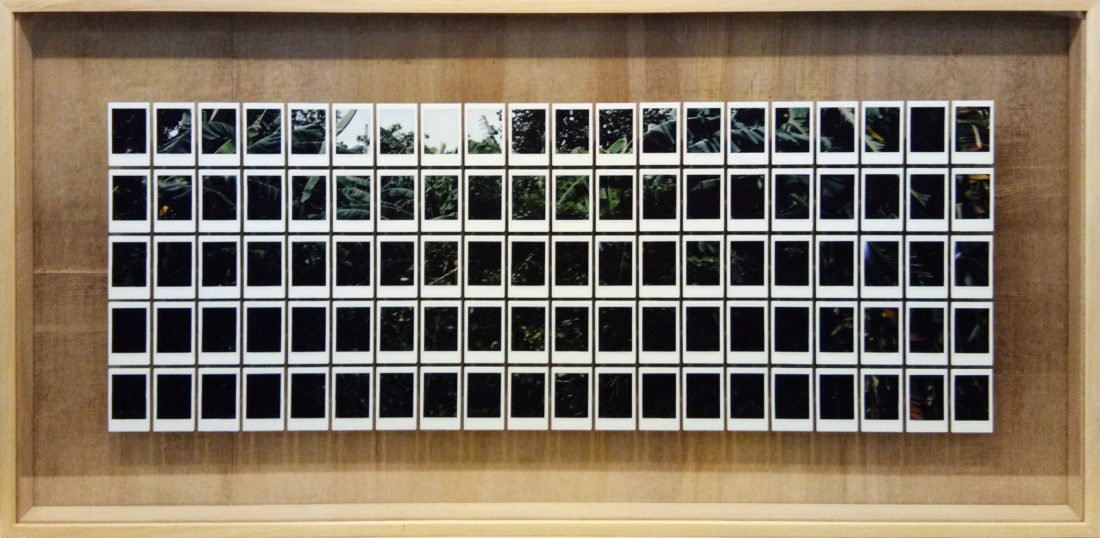
DISLOCATIONS

POST-SITE
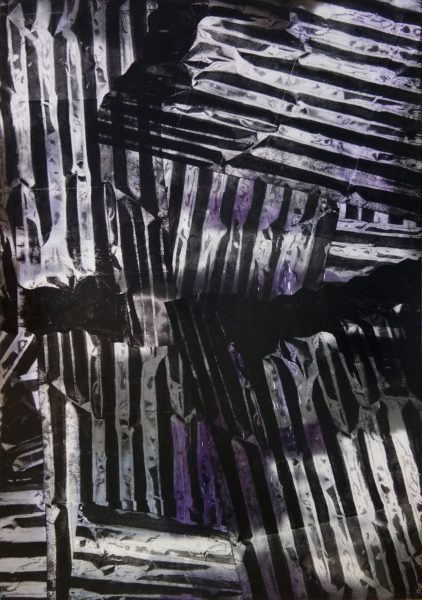
STRUCTURES 1
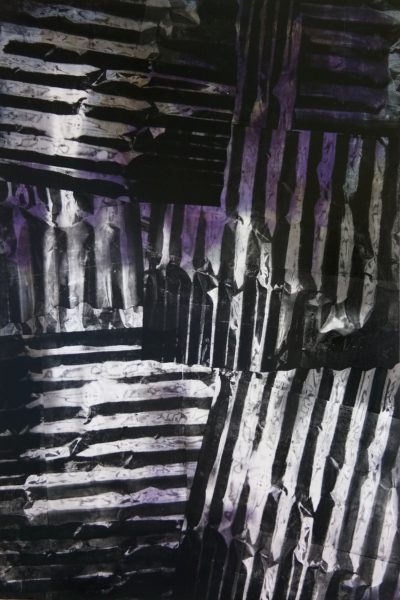
STRUCTURES 2
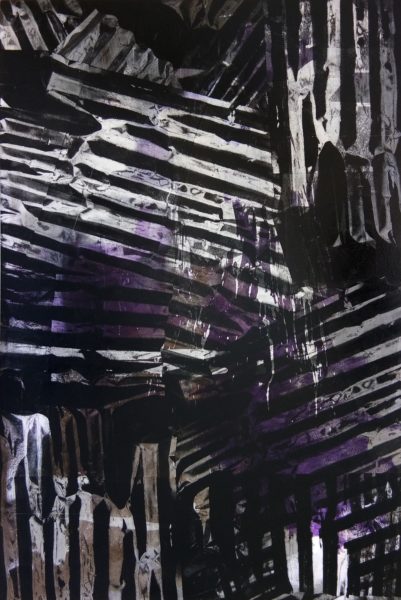
STRUCTURES 3
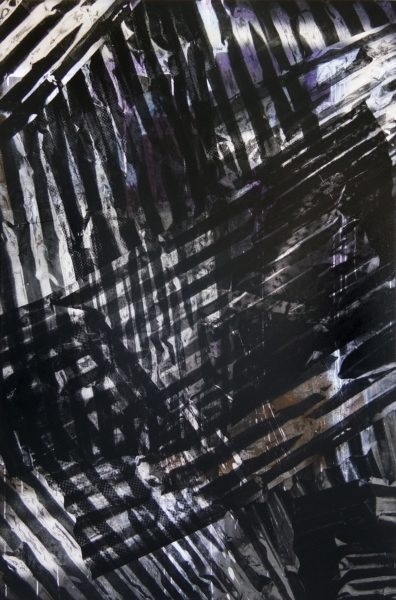
STRUCTURES 4
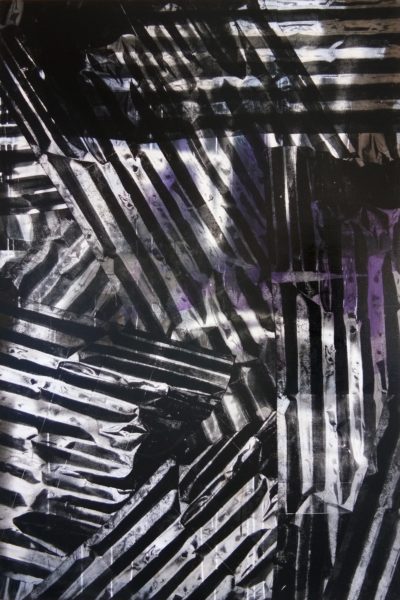
STRUCTURES 5

STRUCTURES 6
Documentation
